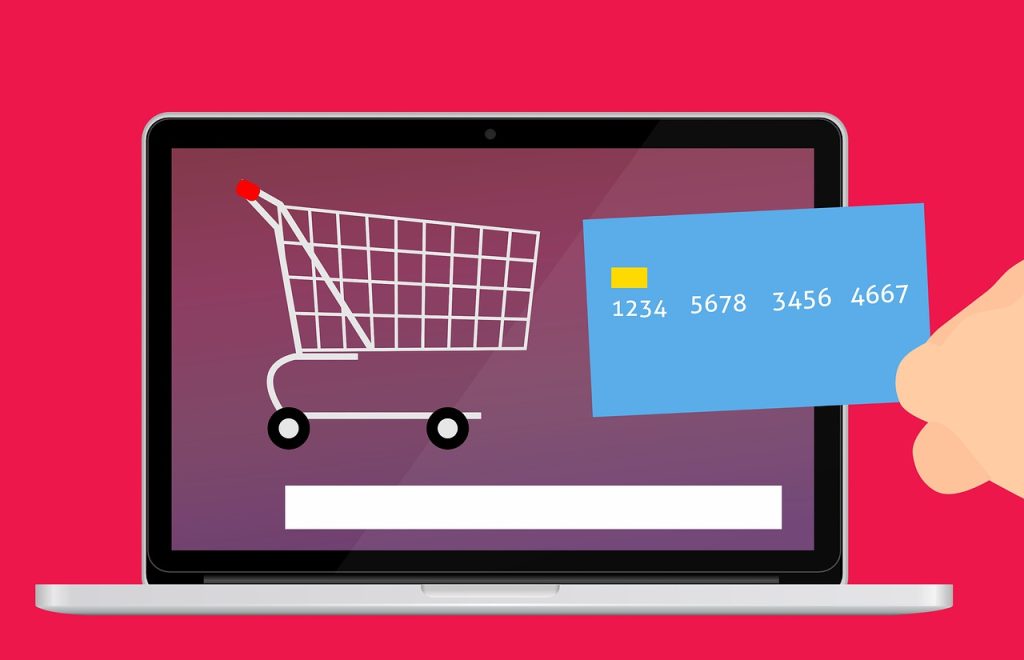Introduction:
Influencer partnerships have become an integral part of successful ecommerce strategies. By leveraging the reach and influence of social media personalities, businesses can effectively promote their products and connect with their target audience in a more authentic and engaging manner. In this blog post, we will discuss various strategies and best practices for effectively using influencer partnerships in ecommerce.
1. Define Your Objectives:
Before embarking on an influencer partnership, it is crucial to establish clear objectives. Determine what you aim to achieve through the partnership. Whether it is to increase brand awareness, drive sales, or encourage user-generated content, knowing your goals will help you plan your strategy effectively and measure success.
2. Identify Relevant Influencers:
Research and identify influencers who align with your brand values, target demographic, and industry niche. Consider the type of content they create, their engagement rate, and their audience demographics. It is essential to work with influencers whose followers are genuinely interested in your products or services. Quality over quantity should be the guiding principle in influencer selection.
3. Build Authentic Relationships:
Approach influencer partnerships as collaborations rather than mere transactions. Establishing authentic relationships with influencers can lead to more genuine and trusted endorsements. This requires investing time in understanding their brand, engaging with their content, and building rapport. Personalize your outreach and show a genuine interest in their work to create long-lasting and mutually beneficial partnerships.
4. Create Compelling Content:
In order to make the most impact, work closely with influencers to develop compelling and creative content that resonates with their audience. Allow influencers creative freedom while ensuring that the content aligns with your brand messaging and values. Authenticity is key, as followers can quickly spot inauthentic endorsements. Engaging and visually appealing content will capture attention and encourage audience engagement.
5. Track and Measure Results:
Set up tracking mechanisms to evaluate the success of your influencer partnerships. Identify key performance indicators (KPIs) relevant to your objectives, such as reach, engagement, conversions, or referral traffic. Utilize tools like Google Analytics or built-in influencer tracking platforms to monitor the impact of your campaigns on your ecommerce metrics. Analyzing these results will help you refine your influencer strategy for future partnerships.
6. Leverage Influencer-Generated User Content:
Encourage influencers to create user-generated content showcasing your products. This can include unboxing videos, tutorials, reviews, or lifestyle photos. By using this content across your own social media platforms, website, or email campaigns, you can leverage the influence of the influencer and increase brand credibility. Additionally, it allows your audience to see real-life experiences, which can boost trust and ultimately drive sales.
Conclusion:
Influencer partnerships offer ecommerce businesses a unique opportunity to reach and engage with their target audience on social media platforms. By following the strategies outlined in this blog post, businesses can effectively leverage influencer partnerships to increase brand awareness, drive sales, and build long-lasting relationships with their customers. Remember to focus on authenticity, quality over quantity, and measurable results to make the most out of your influencer-driven ecommerce campaigns.



awesome